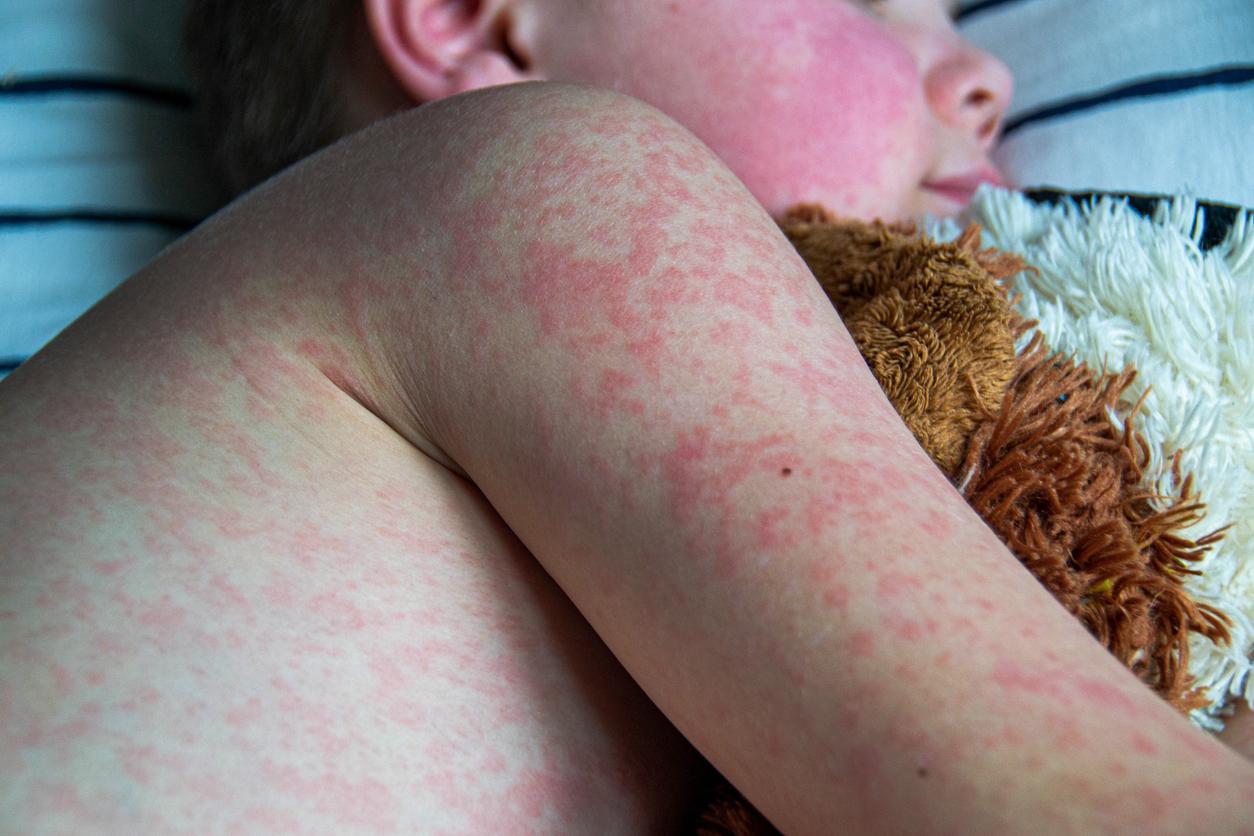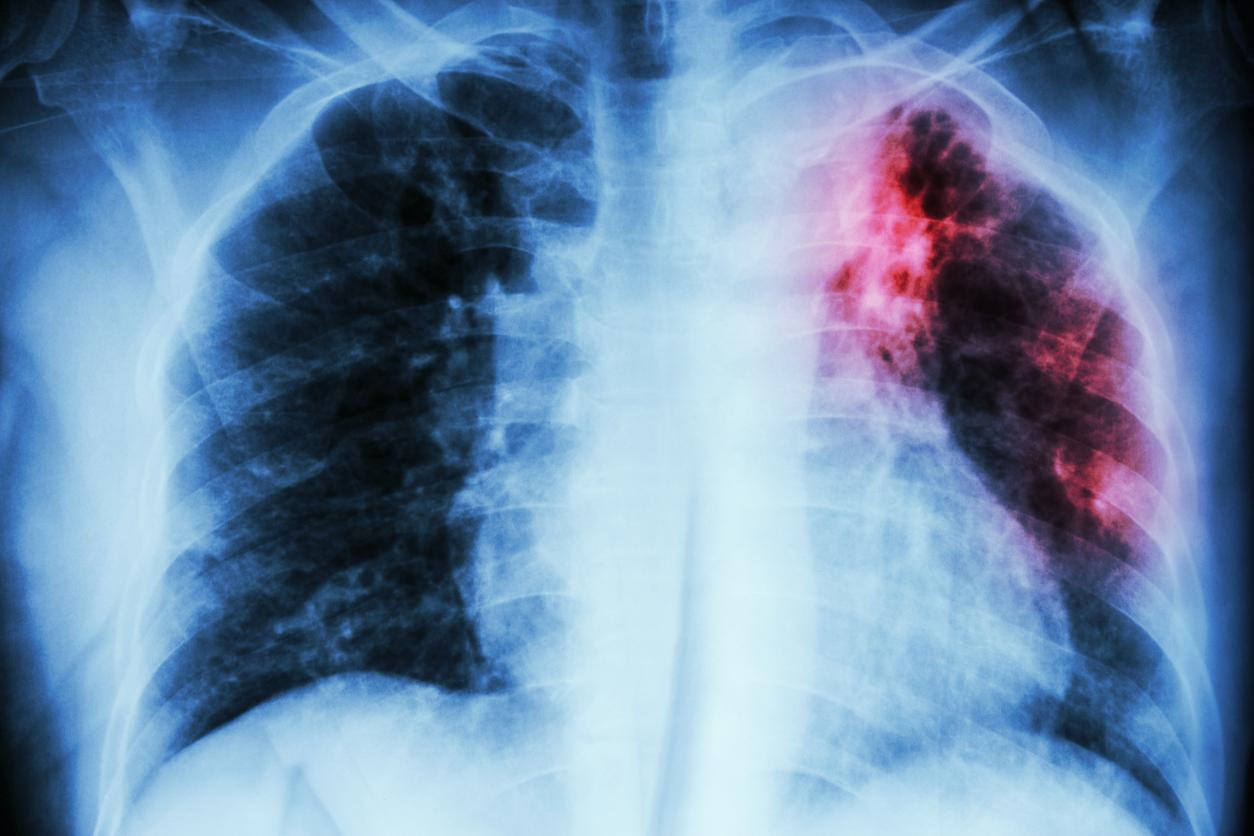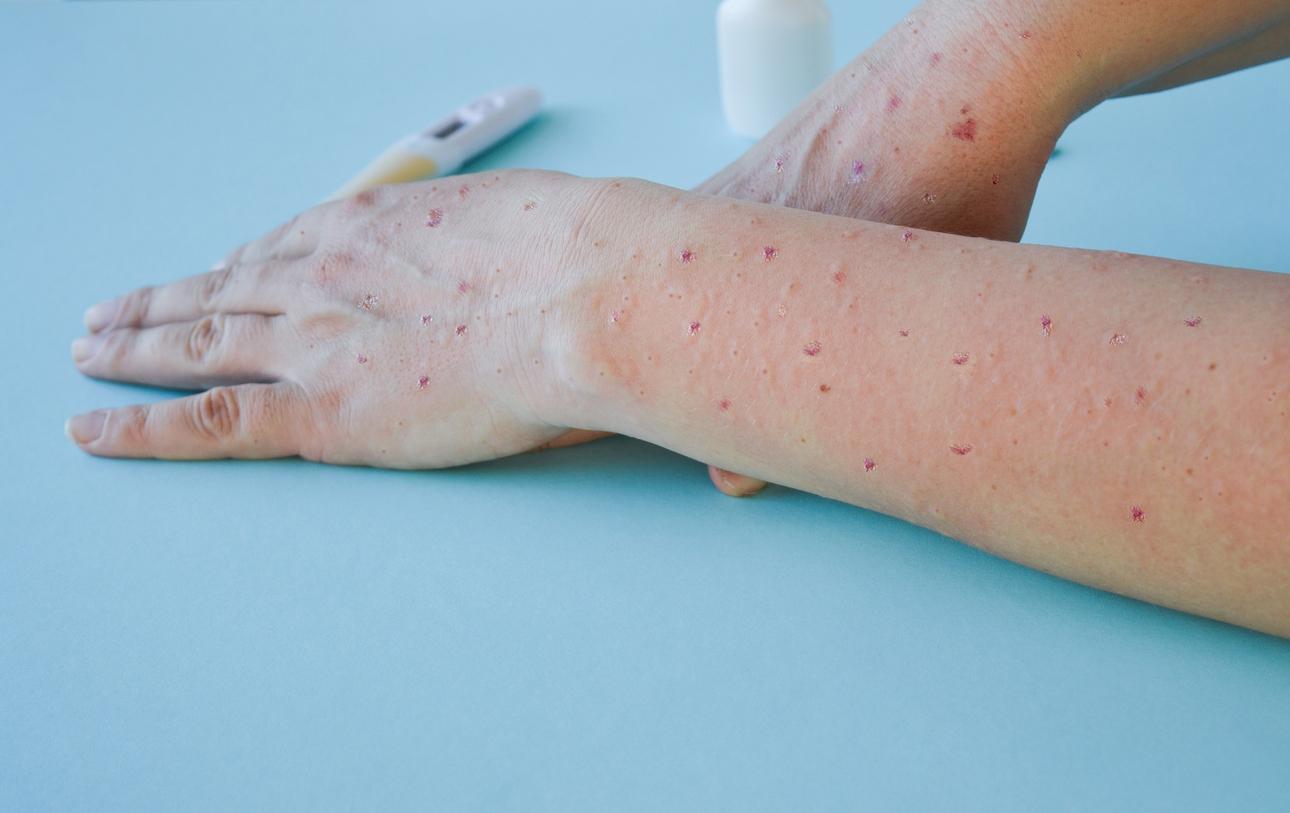In a press release, the World Health Organization (WHO) sounded the alarm on the increase in oral pathologies, in particular dental caries and gum disease.

- Of bacterial origin, caries is characterized by the progressive destruction of the tooth by germs.
- Periodontal disease is caused by the presence of dental plaque and tartar.
Cavities and periodontal diseases are very common. If left untreated, these conditions can lead to early tooth loss. In a press release published on November 17, the World Health Organization (WHO) revealed that 45% of the world’s population, or about 3.5 billion people, are affected by oral diseases.
2.5 billion people are affected by untreated cavities
To reach this conclusion, the institution studied the evolution of oral health in 194 countries. An increase of one billion cases of oral disease has been recorded over the past 30 years. “Oral health has long been neglected in global health”said Tedros Adhanom Ghebreyesus, the director general of the WHO.
According to the report, cavities, gum disease, tooth loss and oral cancer are the most common oral diseases. It’s about “a clear indication that many people do not have access to the prevention and treatment of oral disease”, can we read in the document.
Nearly 2.5 billion people are affected by untreated tooth decay, while one billion patients are affected by gum disease (gingivitis, periodontitis). As for cancers of the mouth, 380,000 new cases are recorded each year. Different causes can favor the appearance of these pathologies. This is particularly the case with tobacco, alcohol and the overconsumption of sugar.
Unequal access to oral health services
The majority of people affected by oral diseases live in low- and middle-income countries, the report said. But in all countries, it is the disabled, the poor, the elderly or the vulnerable who do not have access to oral care. For the WHO, this phenomenon can cause “catastrophic costs and a significant financial burden on families and communities.”
The organization has also observed that the dependence on highly specialized providers and high-tech equipment makes these services inaccessible to the most disadvantaged.
In its press release, the institution also unveiled recommendations intended for the various health authorities. She recommended addressing common risk factors “by promoting a balanced and low-sugar diet, stopping tobacco consumption in all its forms, reducing alcohol consumption and better access to effective and affordable fluoridated toothpaste.”
















